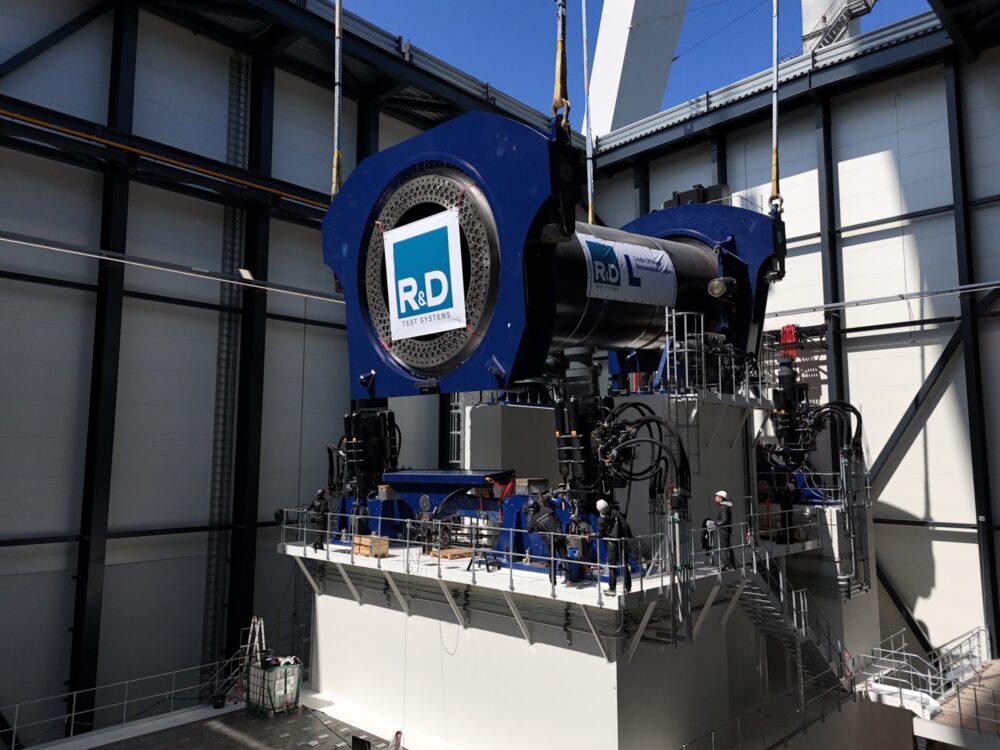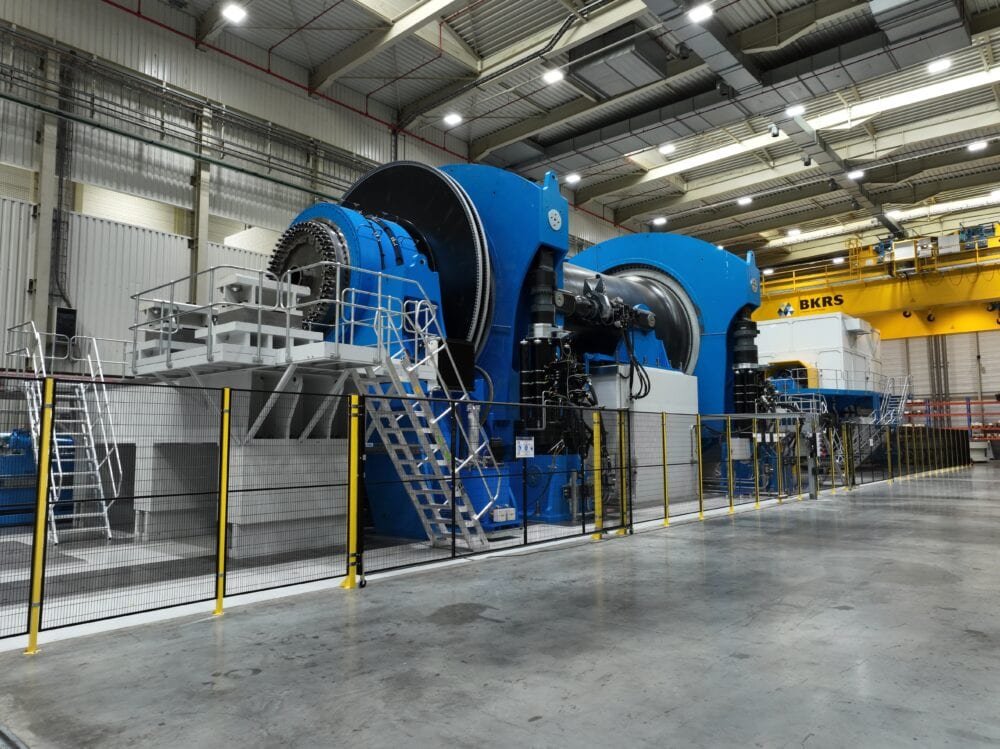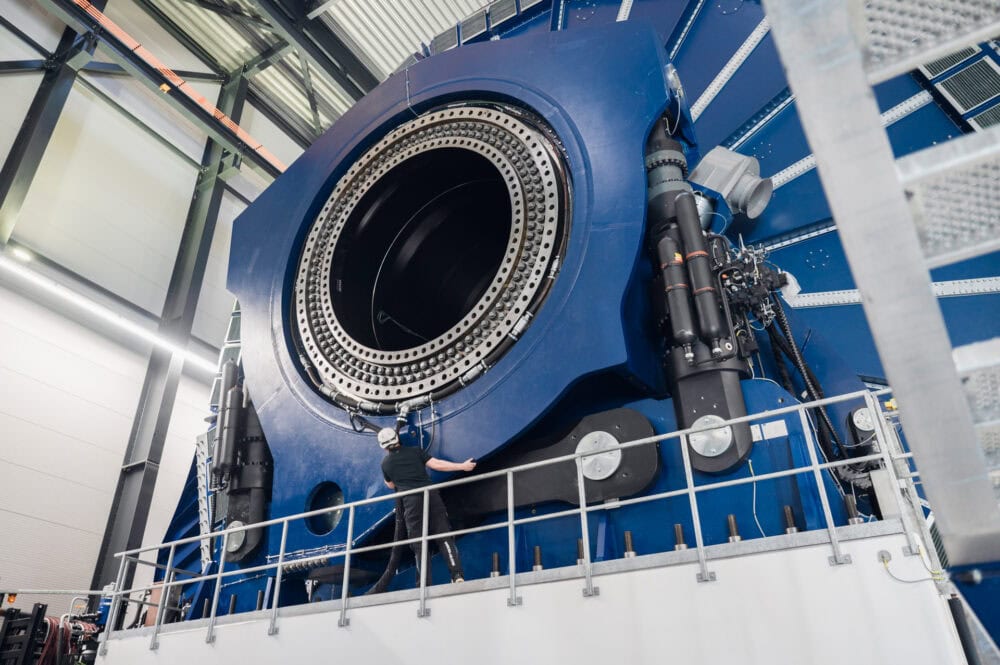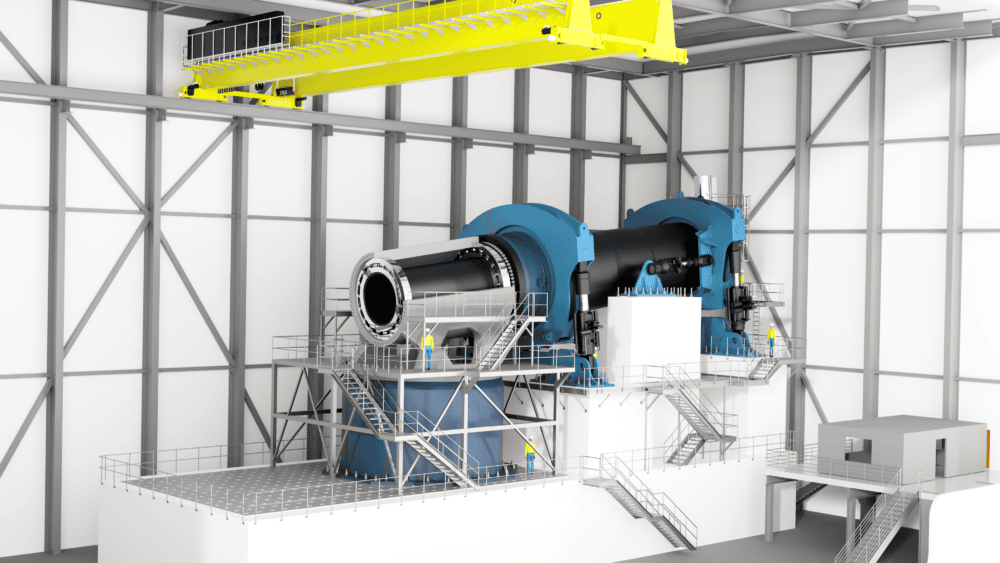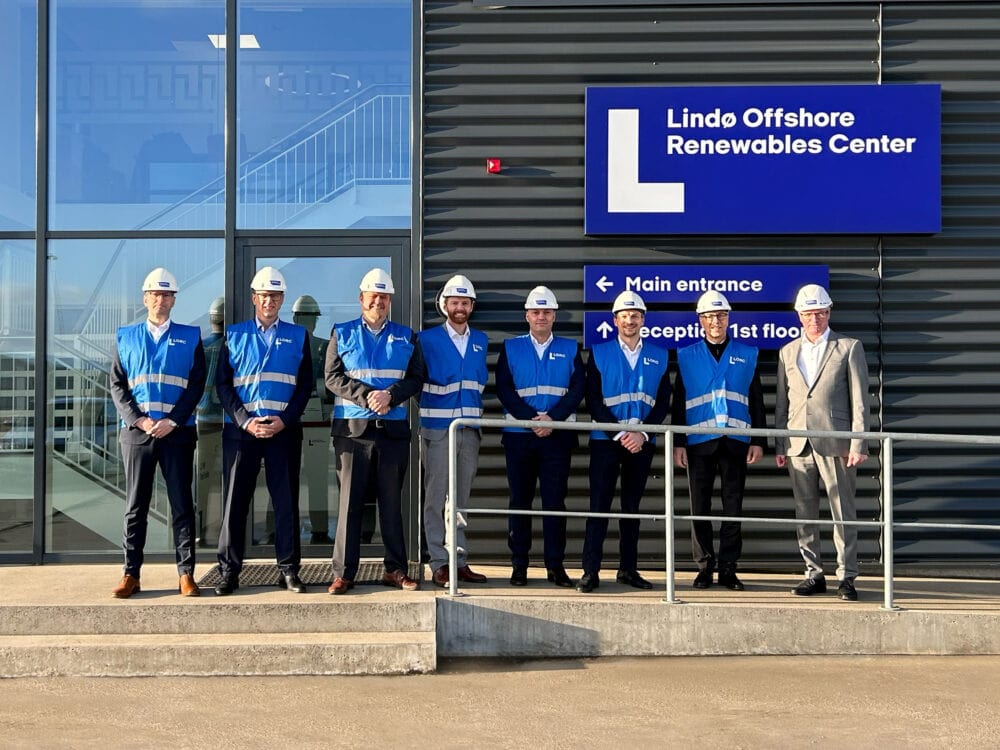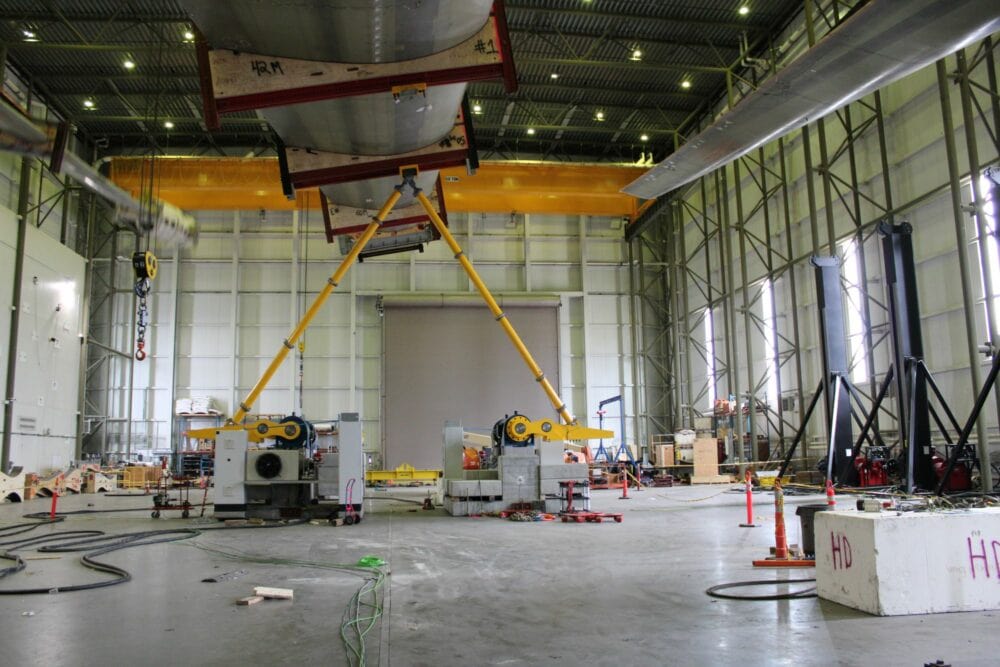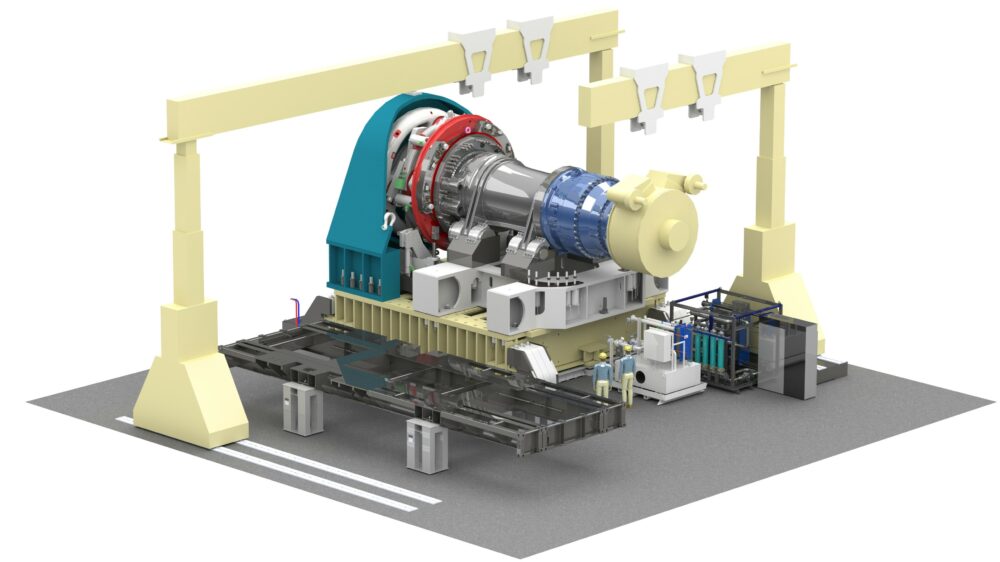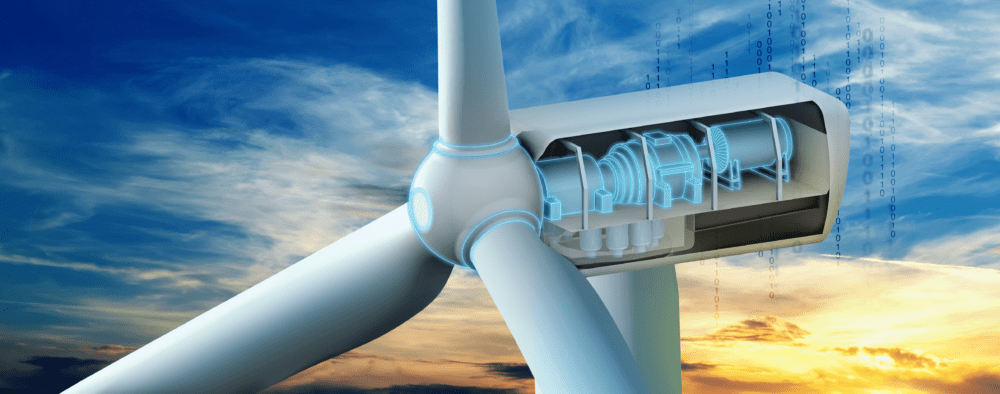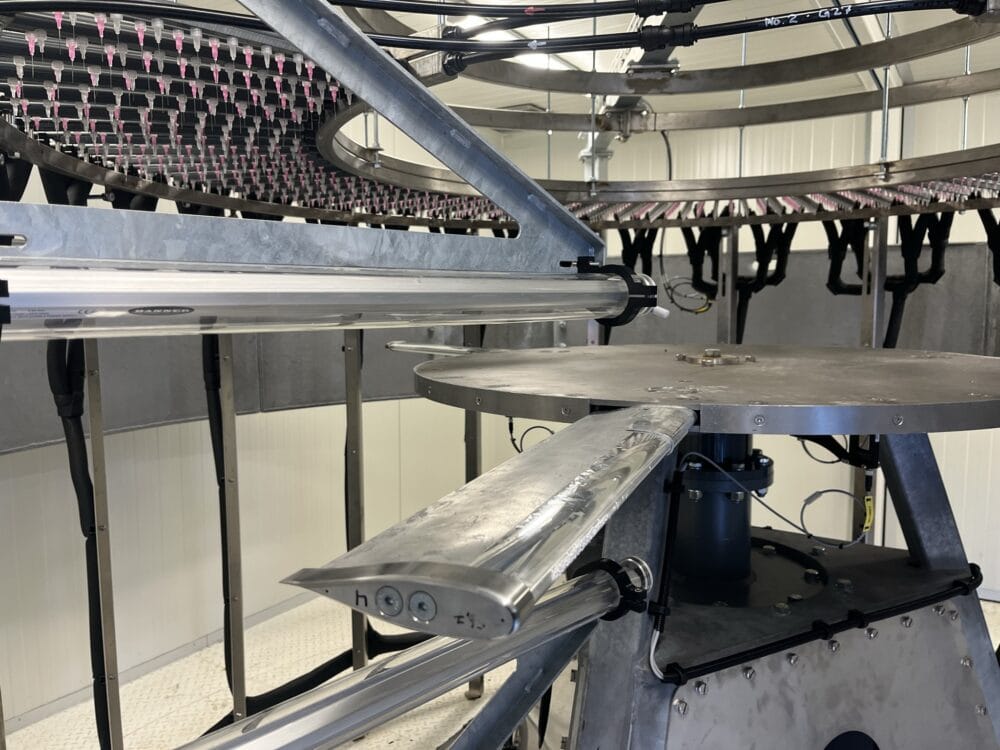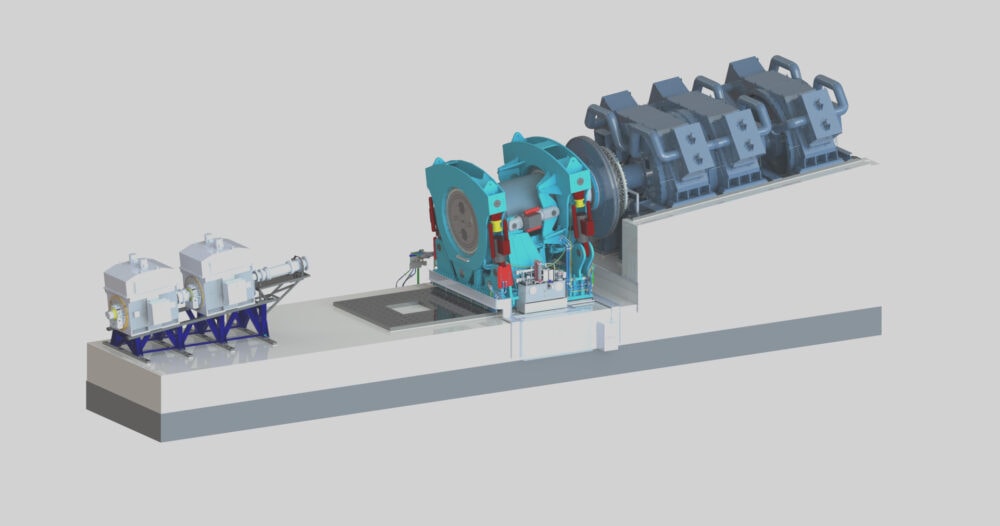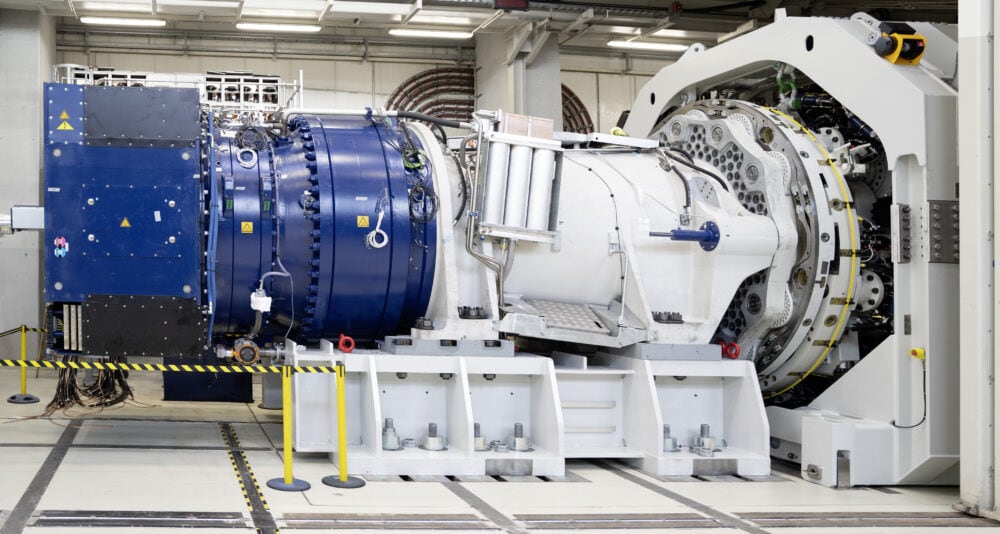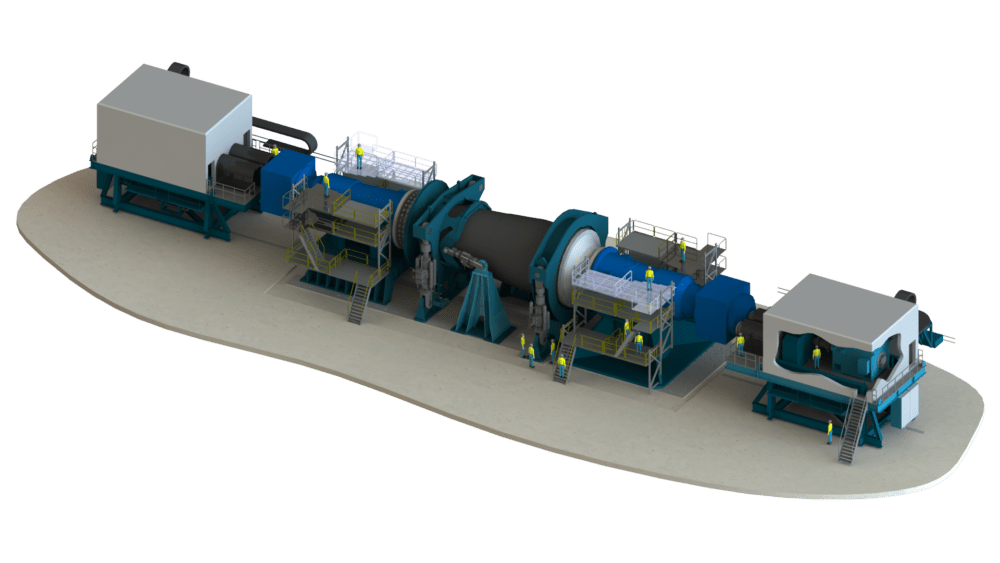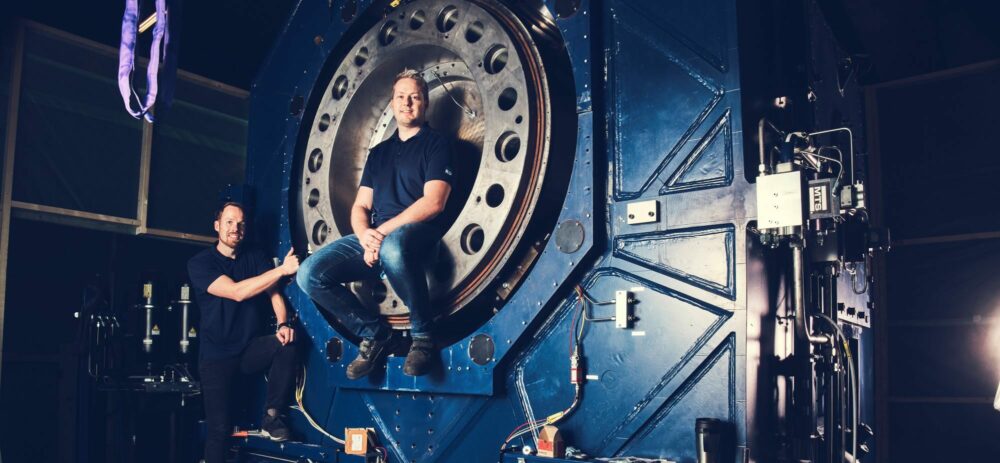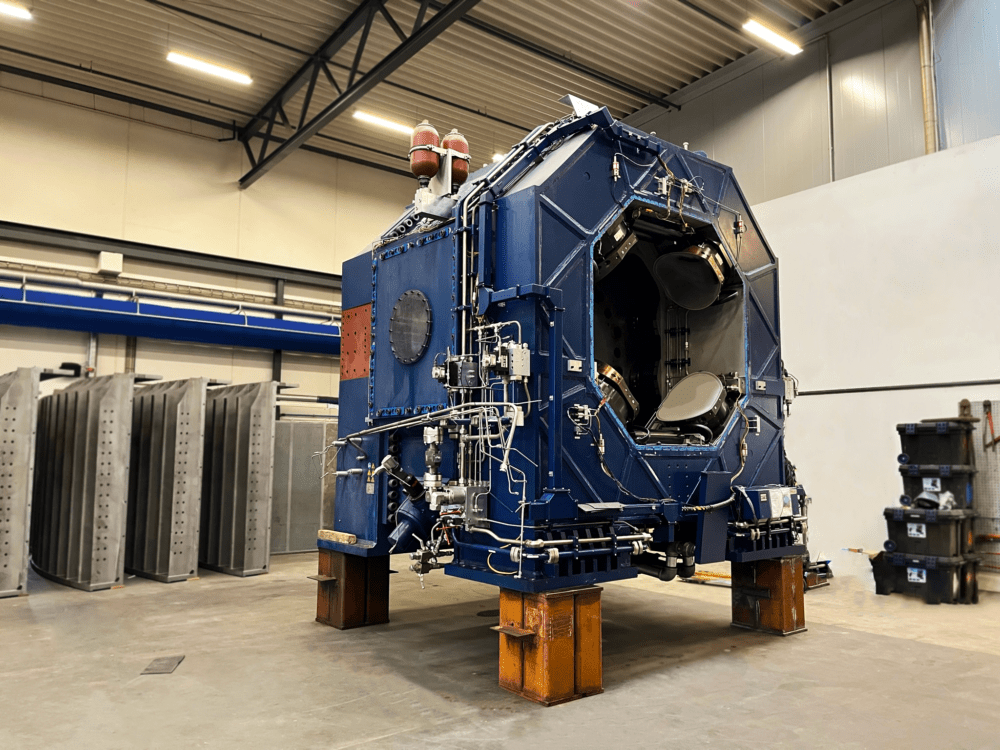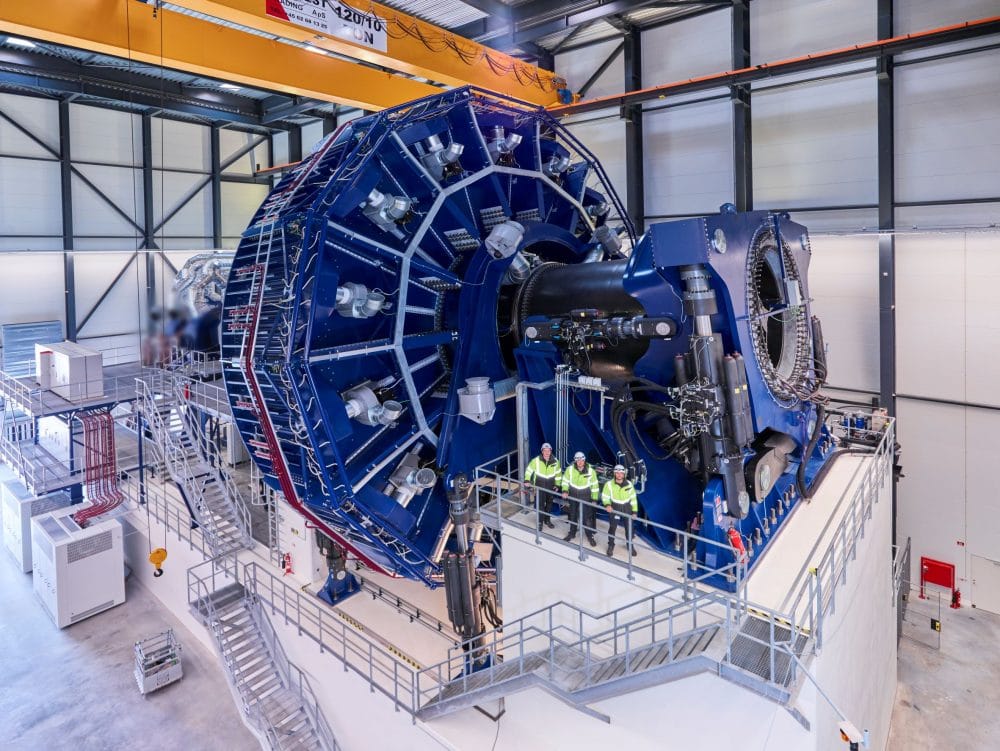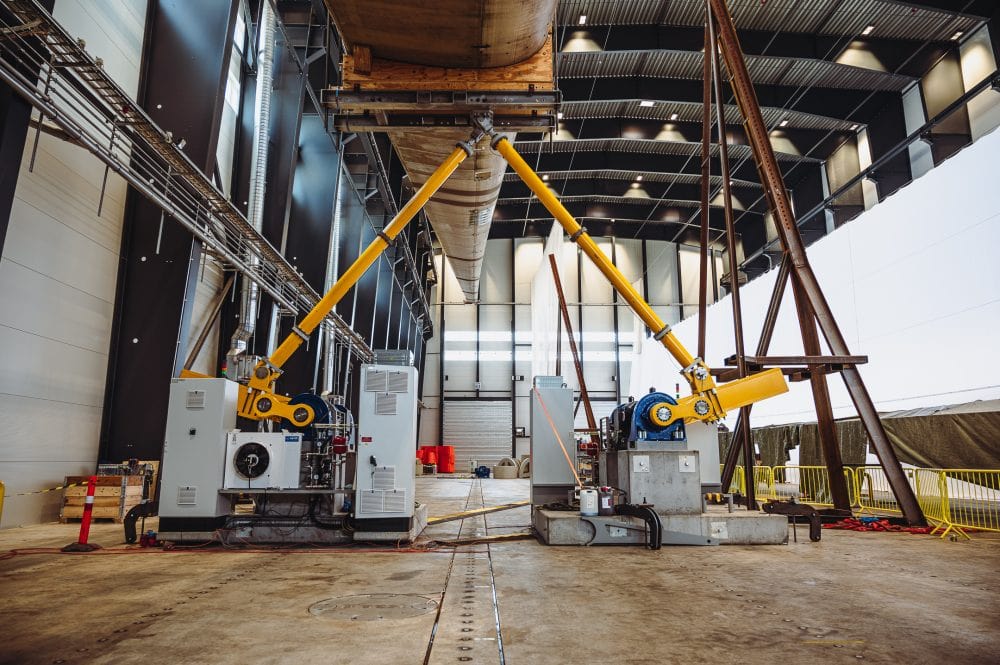
Test Systems
Test solutions for the wind industry
Test solutions for the wind industry
Increase competitiveness
As offshore wind turbines grow larger, more powerful, and develop at a faster pace, rigorous testing across the entire value chain becomes essential. Testing enables manufacturers to assess new designs under real-world conditions, helping to predict lifespan and maintenance needs. This not only enhances reliability but can also save millions in warranty claims and downtime.
At R&D Test Systems, we bring unparalleled experience in designing and building large-scale test systems for the wind industry. Our proven track record ensures that we can guide you in selecting the optimal testing approach for your device under test (DUT), whether for individual components, new technologies, or complete nacelle systems.
Our test benches are trusted by the world’s leading OEMs and tier-one suppliers, including Vestas, ZF Wind Power, Flender, Schaeffler, and LORC —solidifying our position as the number-one partner for large-scale test systems in the wind industry.
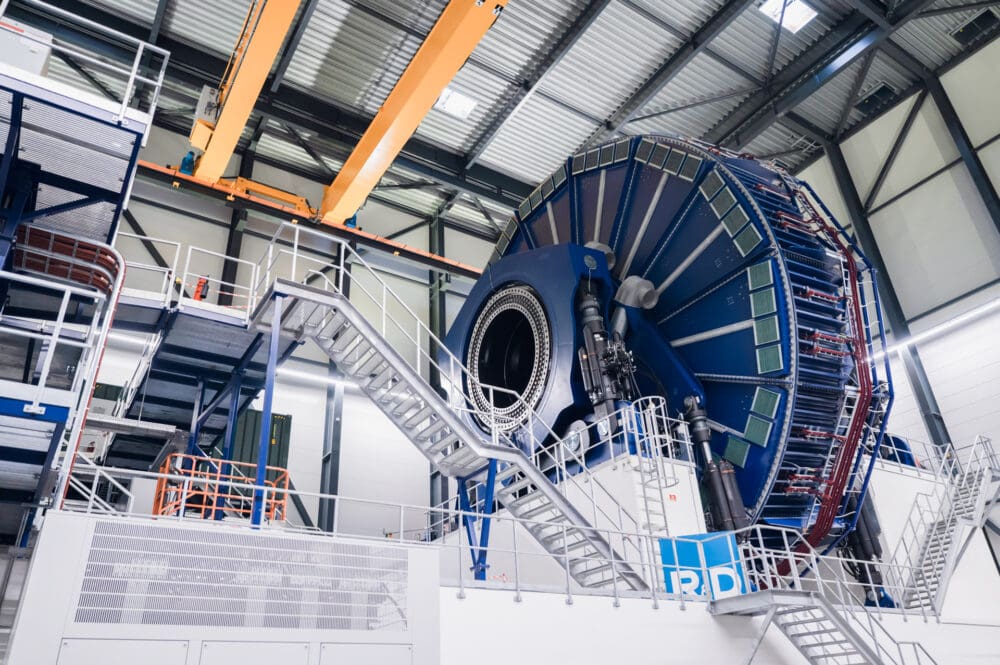
What do you need to test?

Highly accelerated lifetime testing of complete nacelles or drive trains.
Highly accelerated lifetime testing and grid testing of complete nacelles or drive trains.
Tailor-made test system for large-scale bearings.
The test bench simulates variable loading by applying wind loads to gearboxes, drivetrains or full powertrains.
Multi-purpose test bench for the testing of larger mechanical subsystems or components.
The End-of-Line test bench performs final tests before shipping of offshore powertrain, including gearbox, generator, and main bearing arrangement
Proven technology for the testing of rain erosion of wind turbine blades. The system fulfills DNV's Recommended Practice (DNV-RP-0171).
Tailor-made systems for complete pitch systems or pitch bearings.
System-wide range of specialists
Our rich palette of in-house specialized competencies ensures efficient project execution and world-class test systems for our customers.
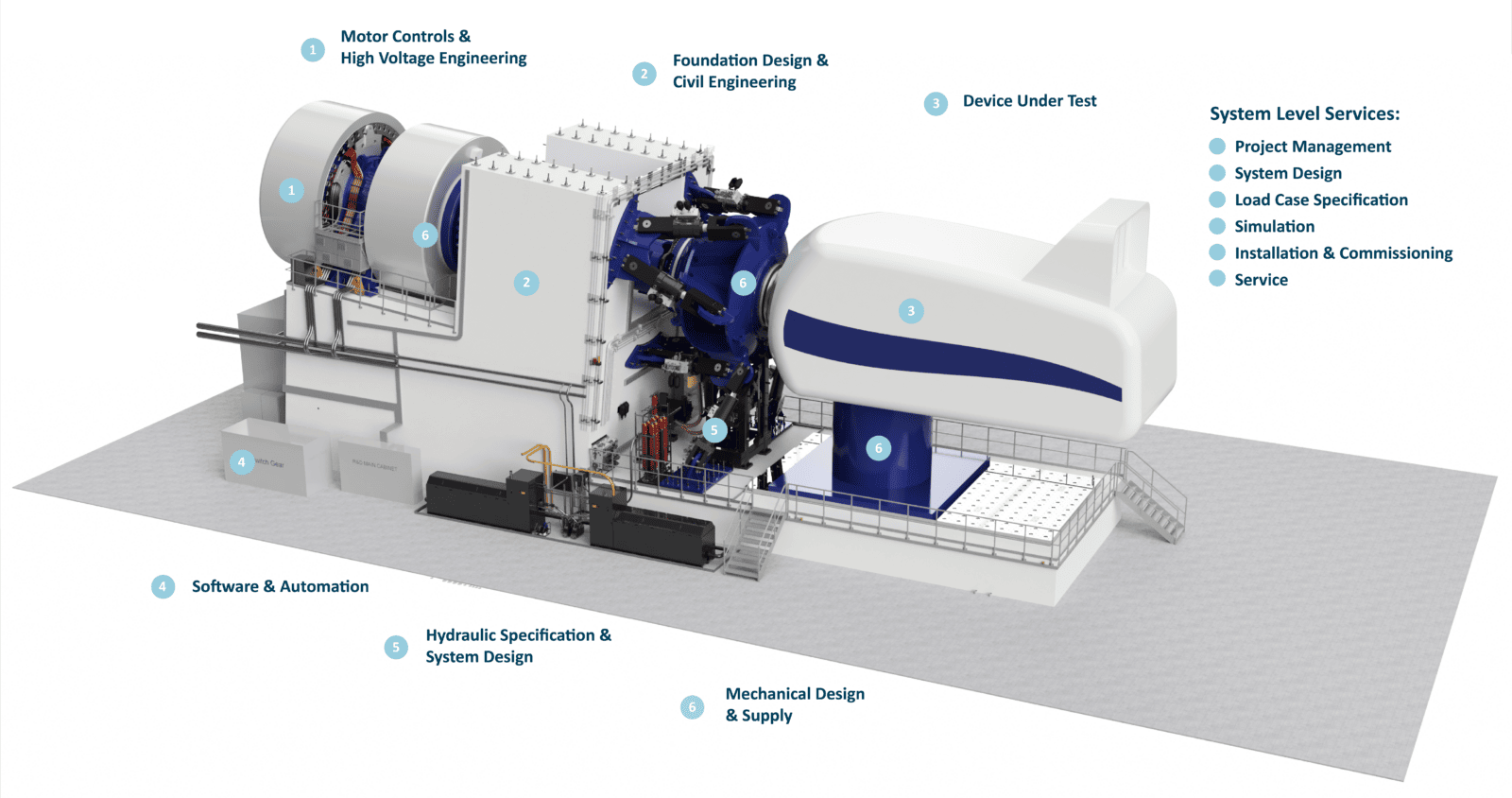
Learn more about our competences
Get the best test solutions with a feasibility study
A feasibility study examines what possible solution would be the best fit for a given test need, challenges, and budget. Our feasibility studies are always tailored to our customers’ specific needs and will present a detailed analysis and recommended solution that considers cost, timeline, and requirements.
Usually, the delivery time of a feasibility study is between 8-12 weeks.

Learn how we use dynamic simulations to create value for our customers by minimizing downtime on the test benches and minimizing commissioning time on site
R&D Test Systems specializes in dynamic simulations for test benches. Our expertise lies in movements, encompassing both linear and rotary dynamics. Unlike static strength simulations conducted by finite elements, our focus on dynamic simulations enables us to determine the motions and behaviors of dynamic systems. We are developing and building our own tailored control software for our test bench. The dynamic simulation models empower us to validate and pre-test novel functions and algorithms seamlessly before deployment on the physical plant.
At R&D Test Systems, we have spent the last 10-15 years developing a model and sub-model library. We utilize these sub-models like LEGO bricks to construct large complex models for new test benches. By doing dynamic simulations, we create value for our customers by minimizing downtime on the test benches and commissioning time on site. In prior projects, we successfully utilized the dynamic simulation model to start up the commissioning phase of the test bench before the hardware was built.
Watch our colleague Kristian Kongerslev explain dynamic simulation.
Learn how we optimize and engineer a test system with a Test Load Unit (TLU)
When designing a test bench with a Test Load Unit (TLU), we need to achieve some predefined loads. In order to achieve this, we use kinematic models to calculate the loads that need to be applied to the device that is being tested, also called the Device Under Test (DUT).
The TLU is a parallel robot, meaning that a bunch of actuators act in parallel with one another to apply loads to a DUT. We use kinematic and dynamic models to design the TLU through simulation of various predefined load cases. The purpose of these models is to relate the movements and loads of the DUT to the movements or forces of the actuators in the TLU. For example, if a requirement states that the DTU should be exposed to a bending moment of 50 MNm, the kinematic models will predict how the TLU should act to achieve this.
Not only are the kinematic models used in the design phase of the TLU, but the same models are the backbone of the TLU’s control system. It is a unique task to make the complex kinematic models useful in the control of the test bench. However, R&D Test Systems have succeeded in creating a user-friendly HMI that can do this. Through this interface, we can align the TLU with the device under test (DUT) and control the loads applied to the DUT intuitively.
Our TLU plays a crucial role in validating wind turbine main- and subcomponents efficiently. It enables manufacturers to test their components within a short timeframe, demonstrating their ability to withstand 25 years at sea in just two to three months.
Watch our colleagues Frederik Thomsen & Simon Christensen explain the TLU.
Learn how we use advanced numerical calculations to optimize engineering projects.
R&D Test Systems supplies advanced numerical calculations and Finite Element Analysis (FEA) to analyze the large structures in our test benches. We have a standard software that we use for making stress and displacement evaluations. When we want to do some more deep-dive investigations of the welds and the bolts, we use our specialized tools to investigate and figure out: what is the utilization, what is the damage, and how much are these specialized components able to withstand.
When building a test bench, we create detailed CAD models and designs that need to withstand the loads from the test bench. One of the challenges of designing the structures and the components is to figure out how each part copes with the loads as well as how the parts affect each other. To overcome this challenge, we combine the designs and loads in software that evaluates if the design is sufficient, too heavy, too light, or just perfect. Integrating these methods into a comprehensive computational model helps us understand the interplay between different parts, which is essential for meeting the system requirements.
Depending on the design model's size and complexity, evaluations may take anything from minutes to weeks. In prior projects, we successfully investigated a component’s strength and optimized its stiffness, achieving a maintenance-free design that met strict requirements.
Watch Thomas Møller Christiansen explain how he works with finite element analysis (FEA).
At R&D Test Systems, our Civil Engineering team specializes in addressing complex structural challenges. With over 15 years of expertise in concrete structural analysis, fatigue-driven design, and robust foundation solutions, we support demanding applications across industries.
We design customized strong floors, reaction masses, and heavy-duty machine foundations, ensuring seamless integration with each client's testing requirements and site conditions. Our approach utilizes precise FE analysis, rigid body modeling, and advanced clamping technologies—such as steel plates and anchor systems—to deliver durable, high-performance structures that withstand extreme dynamic loads.
We have installed +40 test benches in 11 countries

How can we help you?


